smart pots water troubles
jacewell
12 years ago
Related Stories
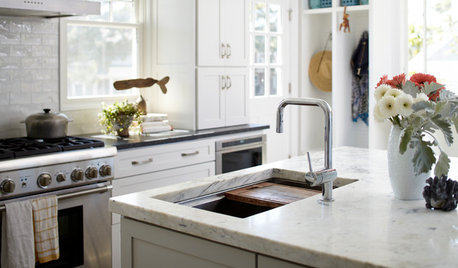
KITCHEN DESIGNKitchen of the Week: Double Trouble and a Happy Ending
Burst pipes result in back-to-back kitchen renovations. The second time around, this interior designer gets her kitchen just right
Full Story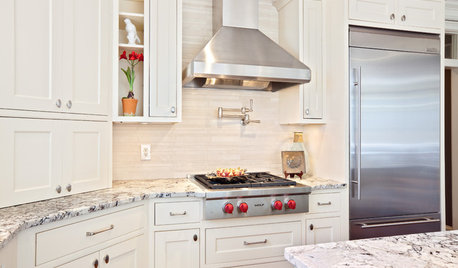
KITCHEN DESIGNHome Above the Range: Smart Uses for Cooktop Space
With pot fillers, shelves, racks and more, you can get the most function out of the space above your kitchen range
Full Story
KITCHEN DESIGNSmart Investments in Kitchen Cabinetry — a Realtor's Advice
Get expert info on what cabinet features are worth the money, for both you and potential buyers of your home
Full Story
LIFEThe Top 5 Ways to Save Water at Home
Get on the fast track to preserving a valuable resource and saving money too with these smart, effective strategies
Full Story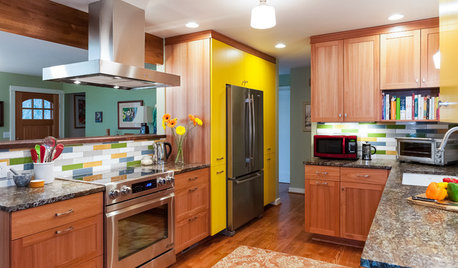
KITCHEN DESIGNThrowback Kitchen Gains Countertop Space, Color and Smart Storage
Pullout pantries, sustainable hardwood cabinets and all-new appliances turned this kitchen into a showpiece for a Portland couple
Full Story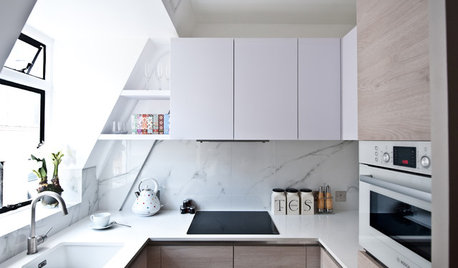
THE HARDWORKING HOMESmart Ways to Make the Most of a Compact Kitchen
Minimal square footage is no barrier to fulfilling your culinary dreams. These tips will help you squeeze the most out of your space
Full Story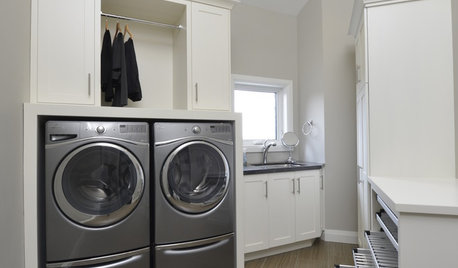
MOST POPULAR10 Smart Ideas for Your Laundry Room Remodel
Make washing and drying easier and more comfortable by considering ergonomics, storage and special features
Full Story
ARCHITECTURE15 Smart Design Choices for Cold Climates
Keep your home safe and comfortable in winter by choosing the right home features and systems
Full Story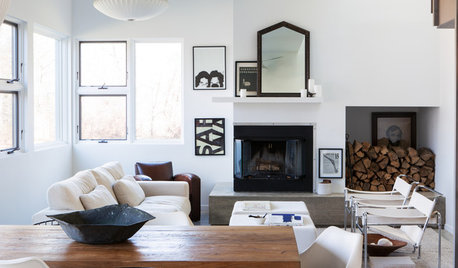
DECORATING GUIDES11 Smart Decorating Ideas for Wall Niches
Don’t let an unusual wall space get you down. Fight back with shelves, plants, firewood, bright colors and more
Full Story
FIREPLACESDesign Workshop: Smart Ways to Store Wood Outdoors
Consider size, location, protection, air circulation and, of course, style for storing your firewood
Full Story






edweather USDA 9a, HZ 9, Sunset 28
Ohiofem 6a/5b Southwest Ohio
Related Professionals
Canton Landscape Architects & Landscape Designers · Jackson Landscape Contractors · Berwyn Landscape Contractors · Bound Brook Landscape Contractors · Brownsville Landscape Contractors · Fort Myers Landscape Contractors · Kearny Landscape Contractors · Mission Landscape Contractors · Ponte Vedra Beach Landscape Contractors · Santa Maria Solar Energy Systems · Baker Window Contractors · Decatur Window Contractors · Peekskill Window Contractors · San Pedro Fence Contractors · Short Pump Fence ContractorsjacewellOriginal Author
Tiffany, purpleinopp Z8b Opp, AL
Ohiofem 6a/5b Southwest Ohio